Image-based risk assessment for diabetic retinopathy
The challenge
Diabetic retinopathy (DR) is a microvascular complication of type 1 and type 2 diabetes that affects the small vessels of the retina.
DR can lead to complete vision loss if not detected early and is the major cause of preventable blindness in working-age adults.[1] When detected on time, the risk of DR can be reduced by 95%[2] but the disease is asymptomatic in its early stages and the risk of developing DR varies among patients.
Globally, DR is the fifth cause of blindness and visual impairment affecting between 3-4% of people in Europe.[3] DR affects 30% of people with diabetes[4] and it is estimated that 280 million people have lost their sight due to diabetes worldwide.[5]
DR can be prevented by controlling risk factors, such as glycemia or arterial hypertension. But existing healthcare systems are inefficient in detecting DR for several reasons. The volume of patients with diabetes means the cameras needed for screening are in short supply.
Most patients are screened at ophthalmology units, despite the option of telemedicine using a special type of camera. The fact that 29% of Europeans[6] live outside urban areas, where ophthalmologist units are located, also presents a challenge.
The solution
The RetinaReadRisk team have come up with a new platform for the early detection and diagnosis of DR in rural areas. The solution combines artificial intelligence (AI) models and 5G technologies, allowing healthcare professionals to reach people in urban and rural areas. It would also promote the efficiency of operations throughout the care cycle, empowering better patient outcomes.
RetinaReadRisk would enable the capture of images at medical offices closest to the population by smart phone. 5G technologies and cloud computing would assure real-time diagnosis.
The team plan to use deep learning models to automatically analyse DR images. They will enhance existing diagnostic systems, using AI techniques to model electronic health record data. This will help to predict the risk of a person developing DR.
Expected impact
The RetinaReadRisk platform promises to improve the efficiency of DR screening, boost the productivity of healthcare systems, and increase patient satisfaction. It mitigates the limitations of DR screening considering both economic costs and patient outcomes.
The project will facilitate the collection of retina photography by primary care professionals, especially for people living in rural areas, far from main hospitals that own image scanners. It will help optimise the entire diagnostic stage of the care pathway for patients at risk of DR.
By providing personalised screening, RetinaReadRisk will also improve patient outcomes and satisfaction. In addition, it will improve interaction between main hospitals and primary care centres. This will help them to provide better and more timely support, decreasing the burden on families.
Ultimately, RetinaReadRisk promises to help reduce the number of patients reaching the later stages of DR and decrease treatment costs.
References
[1] Wild, S. (2004). Global prevalence of diabetes. Estimates for the year 2000 and projections for 2030. Diabetes Care, 27(5), 1047-53.
[2] Sabanayagam, C. (2019). Incidence and progression of diabetic retinopathy: A systematic review”. Lancet Diabetes Endocrinology, 7(2), 140–149.
[3] Ogurtsova, K. (2017). IDF Diabetes Atlas: Global estimates for the prevalence of diabetes for 2015 and 2040. Diabetes Research and Clinical Practice, 128, 40-50.
[4] Yau, J.W. (2012). Global prevalence and major risk factors of diabetic retinopathy. Diabetes Care, 35 (3), 556– 564.
[5] Shaw, J.E. (2010). Global estimates of the prevalence of diabetes for 2010 and 2030. Diabetes Research and Clinical Practice, 87(1), 4–14.
[6] Costello. (2018). Archive: Statistics on rural areas in the EU. Eurostat: statistics explained. [online] Available at: https://ec.europa.eu/eurostat/statistics-explained/index.php?title=Statistics_on_rural_areas_in_the_EU&oldid=391832 (Accessed: 25 March 2022)
Members
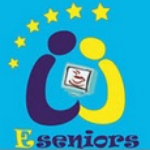
CLC/InnoStars: France
Partner classification: Education, Tech Transfer, Clusters, Other NGOs
E-Seniors is a non-profit organization, founded in 2005 by Monique EPSTEIN, the general manager of the association. The association is based in Paris and it operates mainly in Ile-de-France region. E-Seniors aims at fighting e-exclusion by providing access to and training in ICT to seniors and/or disabled people. Its main objectives are: • Shrinking, and where possible, bridging the digital gap between generations, • Caring for elders by fighting seniors’ isolation, • Opening new horizons for efficient use of free time. Since its creation, E-Seniors have provided courses on ICT usage for seniors in various public locations and the association is constantly opening new locations all over the region in order to provide a “proximity” service that takes into account the rhythm, interests and needs of its potential audience. Through its work for elderly people and with them the organization also tries to increase awareness about the importance of ICT solutions in everyday life. E-Seniors propose also interactive gaming activities in residences for the elderly, retirement homes and day-care centres. E-Seniors has participated in several European research and innovation projects that are related to the well being of older persons and ageing well.
Association E-Seniors
Association E-Seniors, 19 Cité de Phalsbourg, 75011 Paris, France
Key Activities in Research and Developement
Social sciences/health economics
Key Activities in Corporate Innovation
Consumer products, Nutrition
Key Activities in Business Creation
Testing & Validation
Key Activities in Education
Healthcare professional education/training

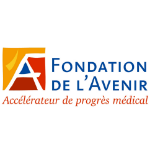
CLC/InnoStars: France
Partner classification: Research
The Fondation de l’Avenir is a direct link to the most influent Health Mutuality Companies. Based on their 2600 care and support services, with 90 hospitals and 522 social and medical centers, Health Mutuality companies are the first private actor of the French health prevention system. The Fondation de l'Avenir has also, in 30 years, develop a wide network of scientists and projects holders, in the greatest hospitals and universities all over France.
Fondation de l'Avenir pour la Recherche Médicale Appliquée
Fondation de l'Avenir pour la Recherche Médicale Appliquée, 255 Rue de Vaugirard, 75015 Paris, France
Key Activities in Social Innovation
Healthcare provision, Payers

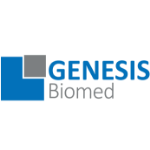
CLC/InnoStars: Spain
Partner classification: Business
GENESIS Biomed is a consultancy firm in the biomedical healthcare sector specialized in providing consulting services to spin-off and start-up companies, entrepreneurs and research centers. Based in our expertise we help entrepreneurs and researchers to shape their business plan and we support them in the private fundraising process. We have worked on 253 projects of 15 different types and we have raised more than 67.5 M€ in the last 6 years. Our expertise domains are biopharmaceutical, biotechnological, medical devices, in vitro diagnostic, digital health nutraceutical and cosmetic. With more than 20 years of expertise in the healthcare sector, we are born in May 2017 and we are located in the Barcelona Science Park and in the center of Madrid.
GENESIS Biomed
GENESIS Biomed, Carrer de Baldiri Reixac, 4-12-15, 08028 Barcelona, España

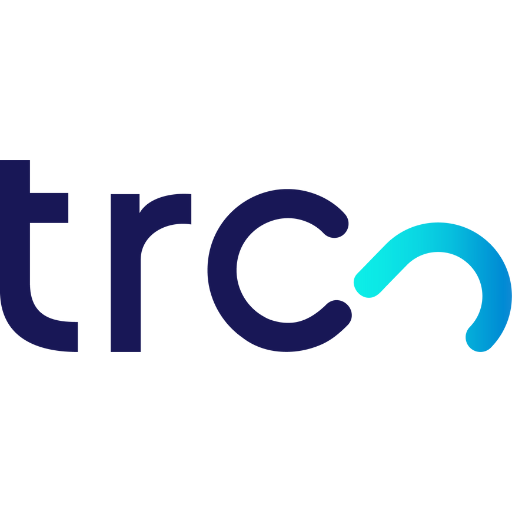
CLC/InnoStars: Spain
Partner classification: Business
TRC is a fully Spanish company with over 35 years of experience in the IT sector. Our mission is to transform healthcare delivery, improve patient outcomes, and drive medical innovation - shaping a safer and healthier future across Europe and beyond.
Our expertise spans software development, technology integration, cybersecurity, research and development, and IT infrastructure.
Trusted by leading healthcare organisations such as Roche, GenesisCare, Sanitas, HM Hospitales, Exafield, and Siemens Healthineers, TRC leverages cutting-edge ICT to help them scale, manage data securely, and streamline processes. We offer tailor-made turnkey solutions, including our flagship products GlobalHIS and Doctoris - advanced, patented EHR and HIS systems deployed internationally.
As a member of EIT Health, we collaborate with start-ups and research institutions to accelerate innovative solutions from concept to market, combining the best of software and hardware at scale. For instance, we have contributed to Innobics SAHS and RetinaReadRisk, which integrate technologies such as IoT, AI, data warehousing, advanced cybersecurity, big data, natural language processing, and computer vision.
Our strategic partnerships with visionary companies - experts in optimising healthcare processes - enable us to generate significant value by improving access to medical innovation, advancing preventive and digital therapeutics, and enhancing clinical decision-making for all stakeholders.
At TRC, our focus is on improving healthcare quality for users, and we dedicate all our knowledge, expertise, and effort to achieving this goal.
Key Activities in Research and Developement
AI, ML, DL, Big Data
Key Activities in Corporate Innovation
Med Tech, ICT, Cyber, Cloud
Key Activities in Social Innovation
Healthcare provision
Key Activities in Business Creation
Testing & Validation


CLC/InnoStars: Spain
Partner classification: Business
Partner type: Associate Partner
Telefónica is a Spanish multinational telecommunications company, headquartered in Madrid. It is the most important telecommunications company in Europe and the fifth in the world. It has been in existence for almost 100 years and more than 28,000 people work in Spain. Specialties: Fixed and mobile telephony, Broadband, pay TV and ITC services, Over the top services, Multinational Solutions, Digital Technology, Big Data, Machine-to-machine, Telecommunications, Digitization, Digitalization and Network We are specialized in various sectors, one of them being the health sector, where they provide different types of solutions:
-Digital care solutions and patient experience
-Integration services
-Infrastructure and communications services
-Data management and exploitation
In Telefónica we believe in the enormous potential that technology can offer people, companies and society. But also, we are aware that this digital revolution brings with it uncertainties that make us wonder about the role of technology in our lives.
-Technology should unite us… Not separate us
-Should improve our lives… Not take control
-It should allow us to share experiences and opinions…not hide or remain anonymous.
In Telefónica, we believe that it is people who give meaning to technology and not the other way around. At a time when technology is more present than ever in our lives, we cannot forget that the most important connections are human connections. Because in today's society, people's quality of life largely depends on that connection. And this is where we come in. Offering connections that bring people together, instead of isolating them; connections that invite people to be themselves, to express themselves, to share. Connections that we can control and that guarantee the security, integrity and dignity of each being; and the group to which they belong, leaving no one behind. Making people, companies and society come together to prosper and enjoy. It may sound exaggerated, but we are here to serve humanity. To put in your hands a useful and simple technology that makes it possible to reconnect with the things you need, that interest you, that you love. In short, our mission is to make our world more human by connecting people's lives.
Telefónica España
Ed. Diagonal00, Pza Ernest Lluch i Martí 5, pl. 18; 08019 ( Barcelona)
Key Activities in Research and Developement
ICT, DataWarehouse, Cibersecurity, A.I, IOT, Big Data
Key Activities in Corporate Innovation
ICT, DataWarehouse, Cibersecurity, A.I, IOT, Big Data We have 5 centers dedicated to R&D, 4 innovation centers: cybersecurity, 14 new patent applications, +70 5G use cases, 861 million invested in R+D+i
We have 2 Wayra HUBS and 56 startups
Key Activities in Business Creation
Incubation, Finance & Investment, Technology Transfer, Business coaching, Testing & Validation
Key Activities in Education
24 chairs in 26 universities
Activation program: access to new technologies

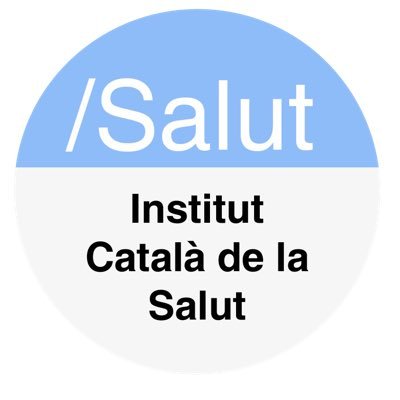
CLC/InnoStars: Spain
Partner classification: Education, Research, Tech Transfer, Clusters, Other NGOs, Hospital / University Hospital
With a staff of over 51,700 professionals, the Catalan Health Institute (ICS) is the largest public health services company of Catalonia, that provides health care to nearly six million people across the country. As a reference entity of the public health system, the aim of ICS is to improve people’s health and quality of live, through the provision of excellent health services in his 8 Hospitals and 949 primary care centers and local consultancy, regarding both the promotion of health and the treatment of diseases, from the most prevalent to the most complex ones. Also, our organization includes research - 7 Institutes - , and education. All of our activities embrace innovation and knowledge transfer as a guarantee to continuously improve the attention that the institution offers to the citizens.
Institut Català de la Salut (ICS)
Institut Català de la Salut, Gran Via de les Corts Catalanes, 587, 08007 Barcelona, Spain

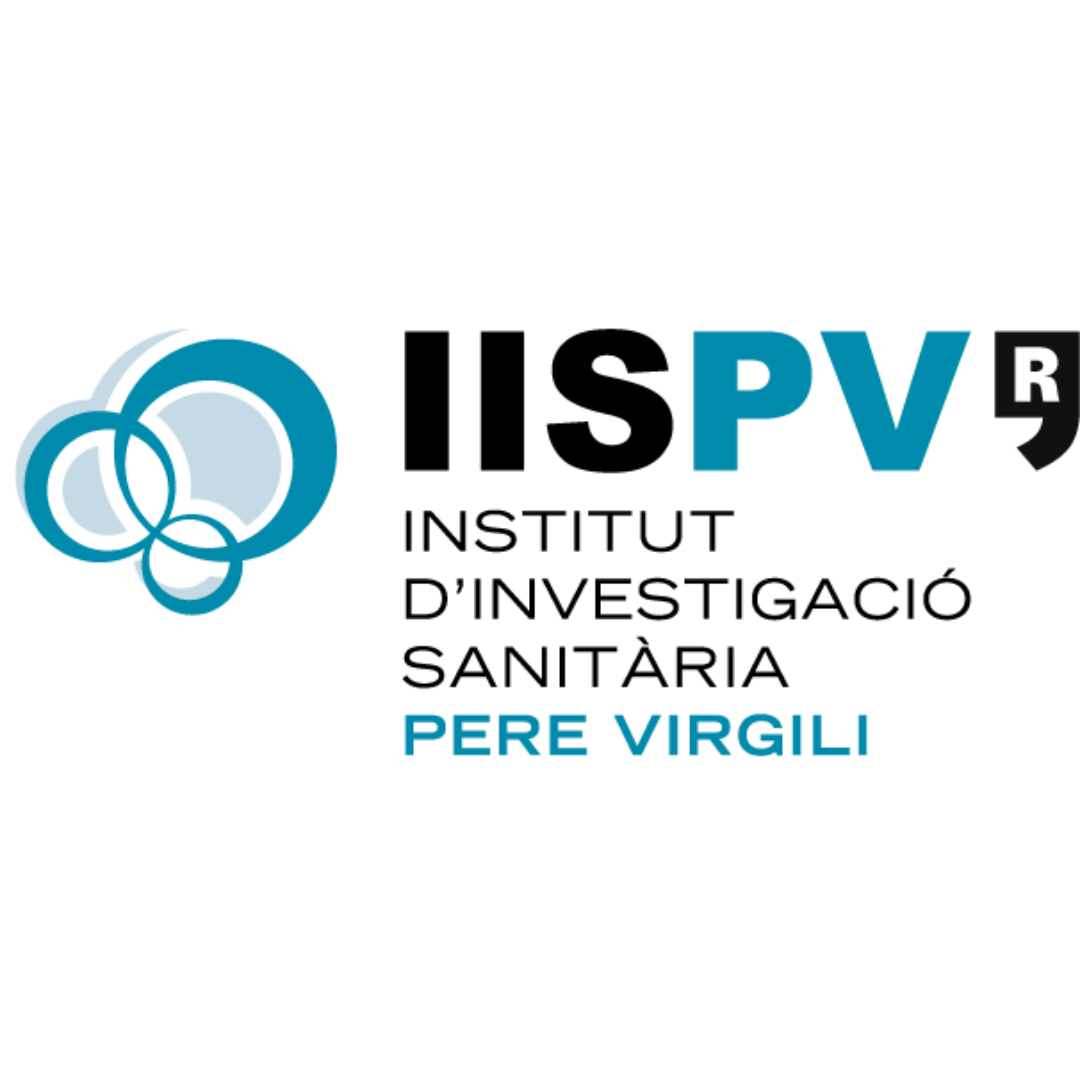
CLC/InnoStars: Spain
Partner type: Linked/Affiliated Party
The IISPV is a biomedical research institute placed in the province of Tarragona (Catalonia, Spain) that combines clinical and basic research in order to accelerate the translation of knowledge to the benefit of patients. Founded in 2005, the institute integrates the Hospital Universitari de Tarragona Joan XIII, the Hospital de Tortosa Verge de la Cinta, the Hospital Universitari Sant Joan de Reus, the Hospital Universitari Institut Pere Mata and the Universitat Rovira i Virgili, in order to bring together and manage biomedical research and innovation in the territory. The IISPV aims to be a national and international reference centre in biomedical research and translation, at the service of the population, linking the health centres to the community.
Fundació Institut d’Investigació Sanitària Pere Virgili (IISPV)
Hospital Universitari Sant Joan de Reus Avda. Josep Laporte, 2 Planta 0 - E2 color taronja 43204 Reus (Tarragona), Spain
Parc Sanitari Joan XXIII c/ Doctor Mallafrè, 4 43005 Tarragona, Spain

| Head of the International Projects Unit | Fundació Institut d’Investigació Sanitària Pere Virgili (IISPV)
Contact
| Innovation & Research Support Office | Institut Català de la Salut (ICS)
Contact
| Principal Investigator Ophthalmic Research Group -Retiprogram-, Professor of Ophthalmology Universitat Rovira & Virgili, Director of Ophthalmic Department of Ophthalmology of Hospital Universitari Sant Joan de Reus | Fundació Institut d’Investigació Sanitària Pere Virgili (IISPV)
Contact